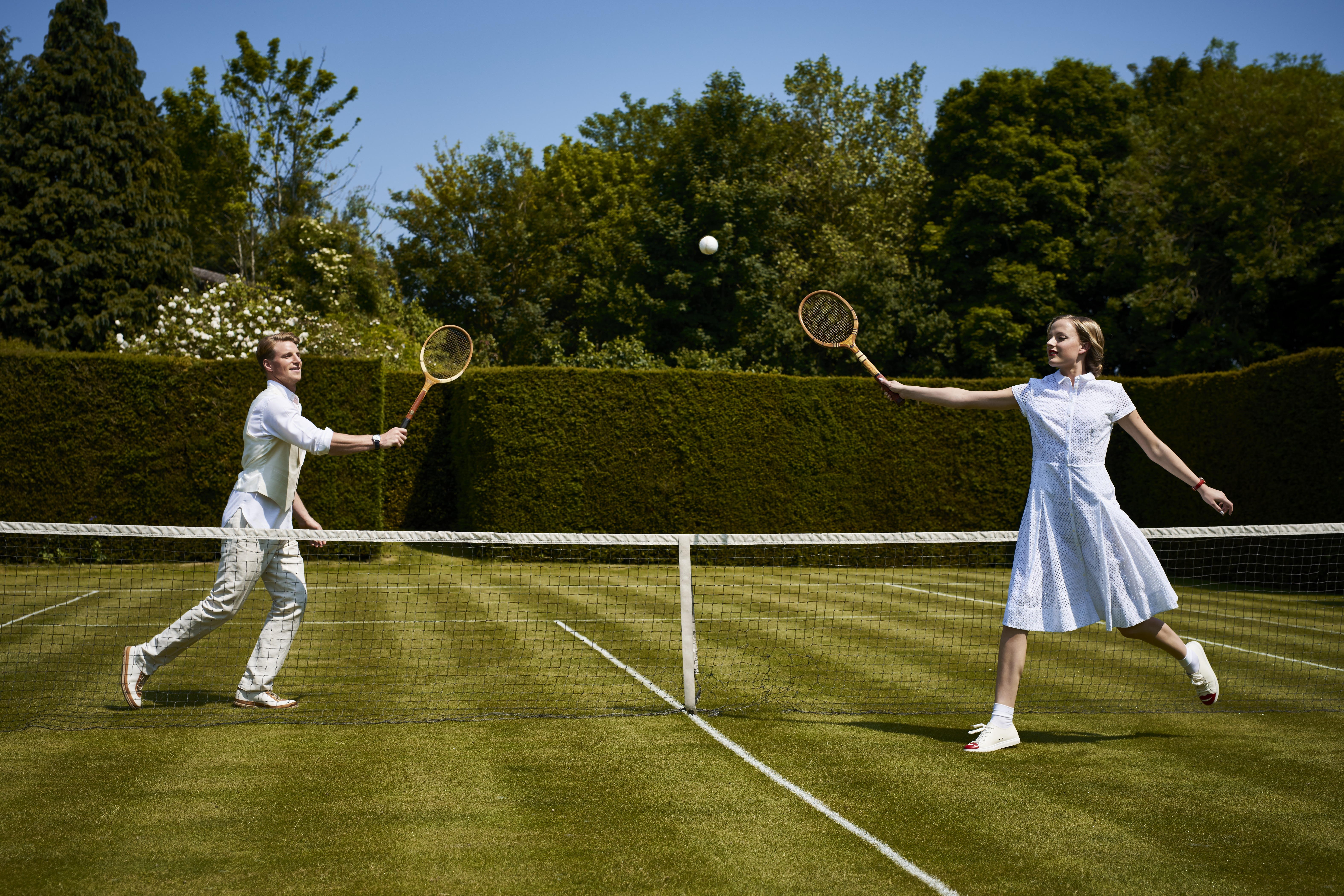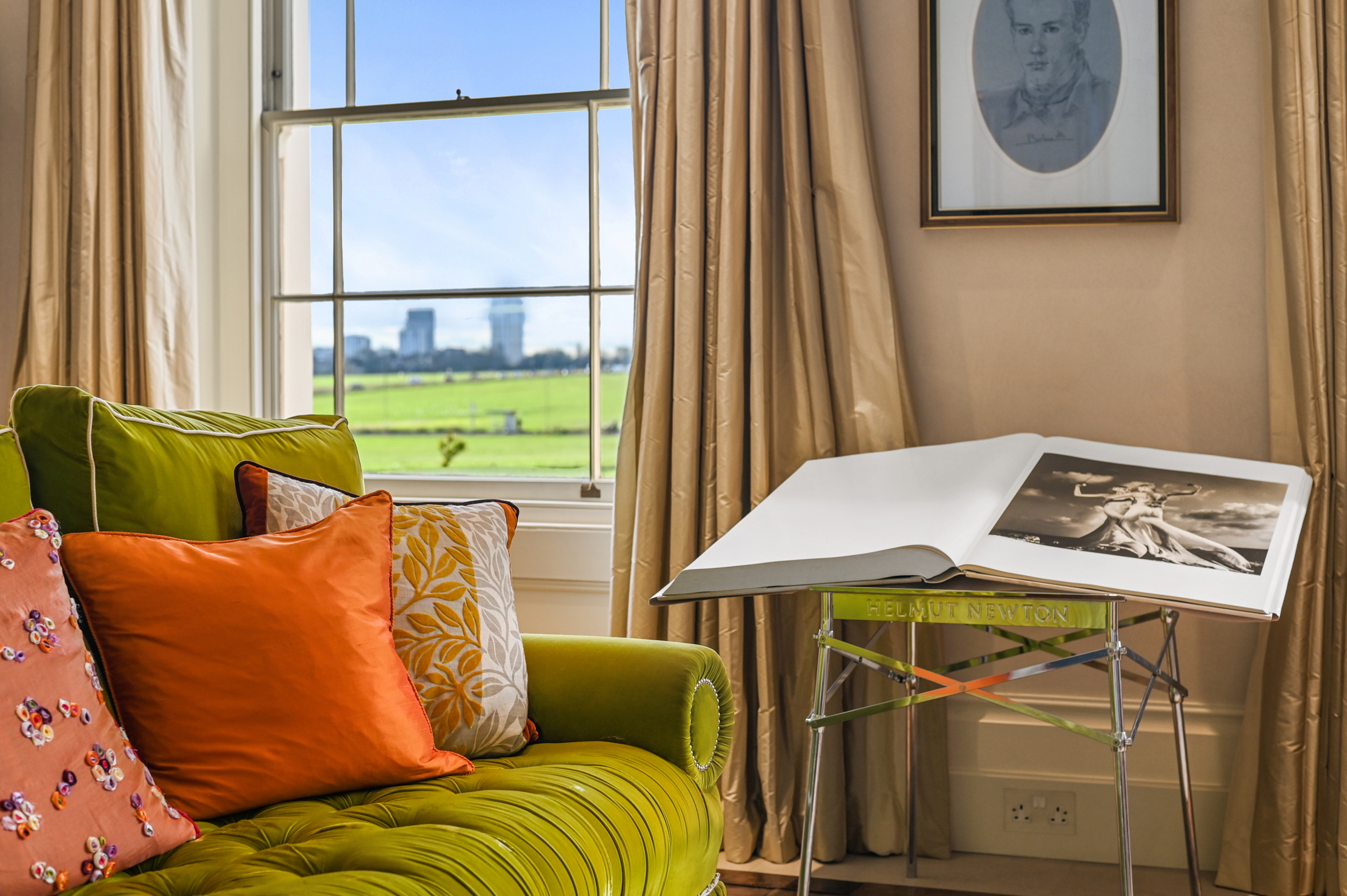My Favourite Painting: John Kasmin
John Kasmin chooses his favourite painting for Country Life.

Still Life with Plaster Cast, about 1894, 28in by 21in, by Paul Cézanne (1839–1906), Courtauld Gallery, London WC2.
John Kasmin says: ‘The delight this small painting offers me is neverending. It’s a complex work, yet tender–a sensuous tease cleverly, deliberately unresolved as it deals with a mix of real things and painted and cast things in artificial space. I see an invitation to join Cézanne in his studio and participate in his concentrated looking and thinking–and finding high excitement. One shares in the thrill of placing that upper apple so oddly, in the dizzying near vertigo of the table’s place beneath Cupid, the puzzling edges of the stacked canvases. And, if the mind is strained, one can let the eye dissolve in the delicious cloud of paint where empty space lies.'
John Kasmin is an art dealer, best known for promoting British and American art in the 1960s.
Art critic John McEwen comments: 'Cézanne was born out of wedlock in Aix-en-Provence, his parents not marrying until he was five. His father, a trader in felt hats, went on to found a bank. This was fortunate, as Cézanne had little success, for all the respect of his Impressionist contemporaries, until late in life. Only once did he have a picture accepted by the Salon, despite repeated attempts.
His first one-man show in Paris was not until 1895, and, in 1897, when two of his paintings were hung in the Berlin National Gallery, the Kaiser had them banned. Yet, via Picasso, Matisse, Derain and Braque, he is the seminal influence on 20th-century art. Contrary to the bohemian impression, he died a devout Catholic. The plaster cast of the cupid can still be seen in his studio at Aix. It is much smaller than it appears in the painting, just one way in which Cézanne bent reality to his own artistic satisfaction.
There is an eyewitness account of the trouble he took setting up his still-life arrangements: ‘Tipping, turning, balancing the fruit as he wanted them to be, using coins of one or two sous for the purpose…it was for him a feast for the eye.’ Cézanne was launched commercially by Vollard. At this time of the David Hockney spectacular at the RA, it’s worth remembering that Mr Hockney was launched into the big time by Mr Kasmin and his business partner, the late Lord Dufferin. But Cézanne was in his mid fifties, Mr Hockney in his mid twenties.'
This article was first published in Country Life, February 15, 2012
Sign up for the Country Life Newsletter
Exquisite houses, the beauty of Nature, and how to get the most from your life, straight to your inbox.
Country Life is unlike any other magazine: the only glossy weekly on the newsstand and the only magazine that has been guest-edited by HRH The King not once, but twice. It is a celebration of modern rural life and all its diverse joys and pleasures — that was first published in Queen Victoria's Diamond Jubilee year. Our eclectic mixture of witty and informative content — from the most up-to-date property news and commentary and a coveted glimpse inside some of the UK's best houses and gardens, to gardening, the arts and interior design, written by experts in their field — still cannot be found in print or online, anywhere else.
-
 New balls please: Eddie Redmayne, Anna Wintour and Laura Bailey on the sensory pleasures of playing tennis
New balls please: Eddie Redmayne, Anna Wintour and Laura Bailey on the sensory pleasures of playing tennisLittle beats the popping sound and rubbery smell of a new tube of tennis balls — even if you're a leading Hollywood actor.
By Deborah Nicholls-Lee
-
 A rare opportunity to own a family home on Vanbrugh Terrace, one of London's finest streets
A rare opportunity to own a family home on Vanbrugh Terrace, one of London's finest streetsThis six-bedroom Victorian home sits right on the start line of the London Marathon, with easy access to Blackheath and Greenwich Park.
By James Fisher
-
 My favourite painting: Allan Mallinson
My favourite painting: Allan MallinsonMilitary historian Allan Mallinson picks an image of 'faith, generosity and ultimate sacrifice'.
By Charlotte Mullins
-
 My Favourite Painting: Piet Oudolf
My Favourite Painting: Piet Oudolf'One cannot sense whether he is far out on the ocean or closer to shore, or what he may be watching or feeling in that moment as he stares towards the beach.’
By Country Life
-
 My Favourite Painting: Mary Plazas
My Favourite Painting: Mary Plazas'There is compassion, awe, humility, a knowing yet a questioning in the glistening eyes. It moves me, it inspires me beyond the need to know.’
By Country Life
-
 My favourite painting: Robert Kime
My favourite painting: Robert KimeRobert Kime shares his fondness for New Year Snow by Ravilious
By Country Life
-
 My Favourite Painting: Anna Pavord
My Favourite Painting: Anna PavordAnna Pavord chooses a picture which reminds her of where she grew up
By Country Life
-
 My favourite painting: The Duchess of Wellington
My favourite painting: The Duchess of WellingtonThe Duchess of Wellington chooses her favourite painting for Country Life.
By Country Life
-
 My favourite painting: Maureen Lipman
My favourite painting: Maureen LipmanMaureen Lipman chooses her favourite painting for Country Life.
By Country Life
-
 My favourite painting: Jacqueline Wilson
My favourite painting: Jacqueline Wilson'I looked at this painting and decided to write about a Victorian circus girl one day'
By Country Life